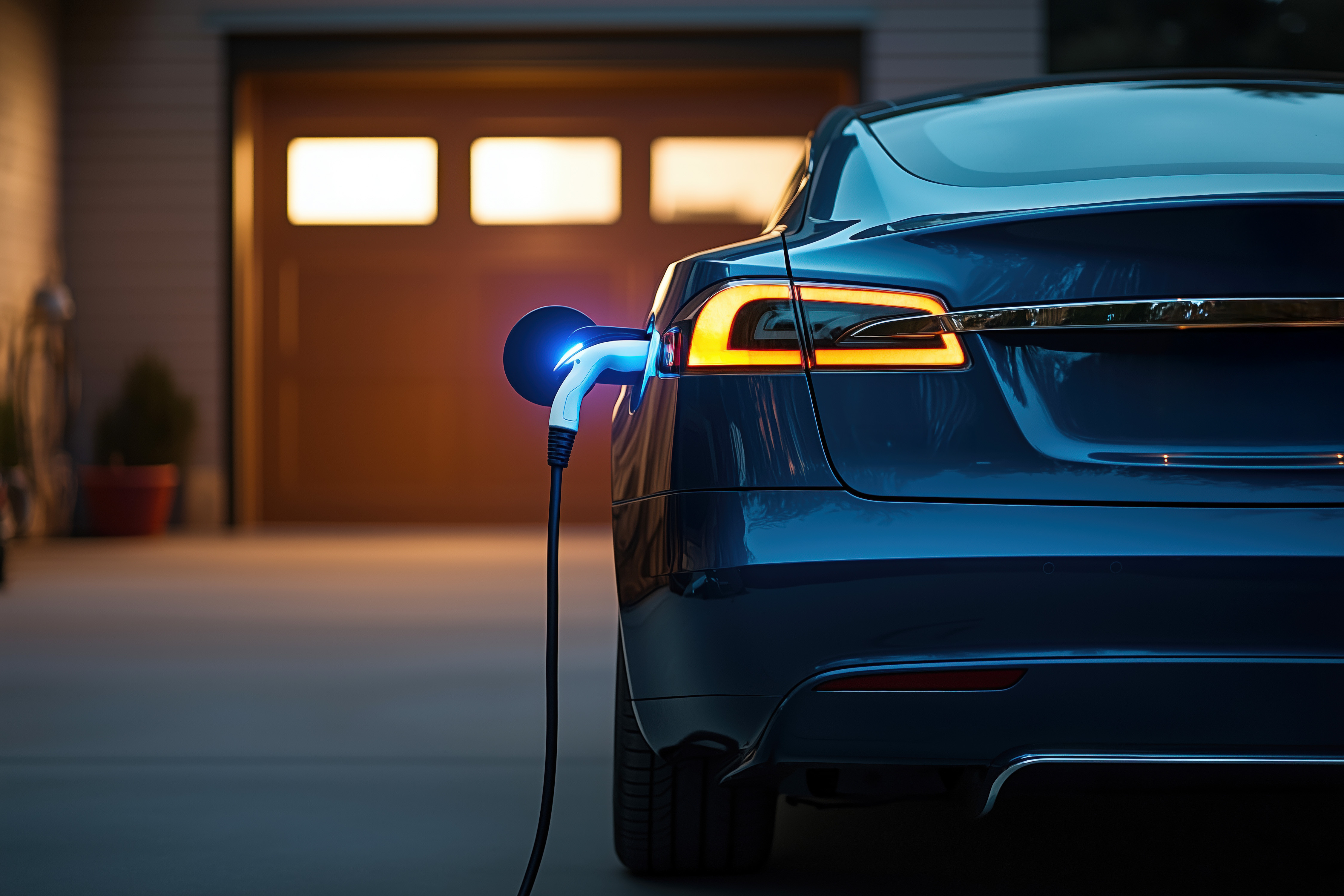As technology advances at lightning speed, industries across the globe are rapidly shifting to cleaner, greener solutions. As we stand at the dawn of the electric vehicle (EV) era, it is critical to prepare for various eventualities that always go hand in hand with progress. An important part of electric vehicle ownership is knowing how to prepare electric cars for emergency scenarios. This article will guide you on emergency preparedness for EVs, highlighting measures you need to take to ensure your battery-powered ride is ready to face unfortunate situations.
Natural disasters, such as hurricanes and floods, can strike at any moment, causing power outages that could last for days, if not weeks. More importantly, these emergencies highlight the importance of knowing how to prepare for an emergency disaster, especially for electric vehicle owners. Here’s your guide to mastering electric cars and power outages to ensure your electric vehicle can brave the storm.
Preparing Your EV for an Emergency
1. Stay Alert and Informed
Make sure to prepare for an emergency by always following local weather forecasts. You should know when “storm season” is in your area. As it approaches, having early knowledge allows ample time to charge your vehicle fully in case power becomes unavailable. This is essential since electric cars and power outages aren’t an effective combination if you’re caught unprepared.
2. Pre-Storm Charging
It is imperative to prepare your electric car for emergency situations by ensuring it is fully charged before any natural disaster approaches. A fully charged EV provides flexibility in case of power outages or if you need to evacuate. Regularly monitor how much electricity your car has and keep your EV full anytime a storm is predicted.
Given the risk of widespread power outages during emergencies, ensure you have a backup plan for charging your EV. A portable generator could be a viable option to charge your car during power outages. If you’re wondering, “Is there a generator that will charge an electric car?” The answer is yes. Several portable generators available in the market can charge EVs.
3. Evacuation Routes and Charging Points
Map your best evacuation route beforehand and scout for public chargers along the way, in case you need one or need to help friends facing issues during a storm. With the proliferation of electric cars, many apps can guide you to working chargers on your evacuation route. However, these chargers may be extremely busy come storm day, so make sure you’ve done all you can to charge your vehicle completely before your journey. Remember, Gexa Energy EV charging solutions and our EV charging plan can be valuable tools in such circumstances.
{{CTA-EV-to-Solar}}
4. Safeguarding Your EV During the Storm
If you decide to stay put during the storm, park your EV in a safe, elevated area, preferably away from trees and poles. Structures like garages or carports are optimal. The objective is to protect your vehicle from potential flood damage, ensuring its longevity and safety.
5. Post-Emergency Inspection:
After any emergency disaster, always inspect your electric vehicle for possible damage. Flooded electric vehicles can be hazardous, and if you suspect your car sustained flood damage, refrain from charging or driving it. Consult a mechanic or automotive specialist to see if any steps are needed to ensure your vehicle’s safety.
In conclusion, preparing for an emergency isn’t just about having enough food, water, and medical supplies. As an EV owner, you also need to consider your electric vehicle’s preparedness and safety as part of your plan. Remember, the more prepared you are, the better positioned you’ll be to face and overcome any emergency thrown at you.
Emergency preparedness for EVs is essential in these changing times. As you embark on a road trip or daily commuting, ensuring you know how to prepare for an emergency with your electric vehicle can provide peace of mind and safeguard your investment. Gexa Energy electricity plans make taking care of your EV charge level at home easy.
At Gexa Energy, we’re committed to providing sustainable electricity options and reliable electric vehicle charging solutions. Whether it’s about time to charge an electric car or plan an electric car road trip, we’ve got you covered. Stay prepared, stay safe!
FAQs for Handling EV Emergencies
How do you charge an electric car during a power outage?
In times of extended power outages, you might need alternative solutions. Portable generators can be handy, but make sure they are compatible and safe for EV charging.
What do you do when your electric car dies on the road?
Firstly, don’t panic. Most modern EVs provide ample warning before completely running out of charge. If your EV does run out, call a tow service or use your EV’s assistance services. Some EV models have built-in emergency charge features that provide a few extra miles. You can also carry a portable generator compatible with your EV make and model. One of the best ways to prevent this is by planning ahead, and having a roadside assistance plan and regular maintenance checks is crucial.
Can you use a portable generator to charge an electric car?
Yes, but use caution. Ensure that the generator’s output matches your EV’s charging specifications. Always prioritize safety over speed, using a slow charge even if it might take more time. And while there are many generators out there, not all can charge an EV. You’ll likely need one specially designed for higher outputs. Researching which ones are right for your car is vital.






































